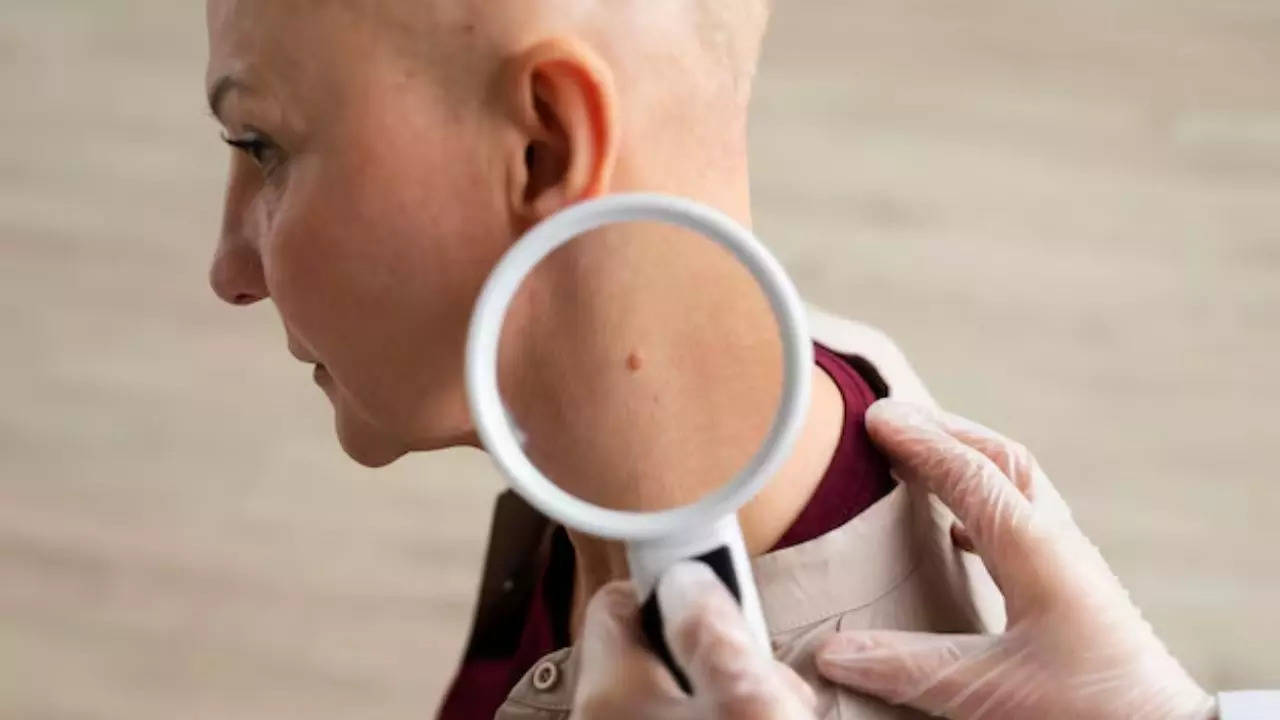Table of Contents

Serena Williams said she had a benign branchial cyst “the size of a small grapefruit” removed from her neck. The 43-year-old tennis superstar informed on social media that a lump was found on her neck earlier this year, and after an MRI exam, she was told she didn't need to get it removed if she didn't want to.
So, she didn't then, “but it kept growing,” she said.
After some more tests, including a biopsy, which came out negative for cancer, Williams said her doctors recommended she get the removal procedure done. Sharing a video of herself in a hospital bed, Serena wrote, “So this is me removing it. I am feeling so grateful and fortunate that everything worked out, and most of all, I’m healthy. All is ok.”
Related News | 
Are Skin Tags A Sign Of Breast Cancer? Expert Says THIS

Can A Cyst In Breast Turn Cancerous? Here's What Experts Say
A branchial cyst, also known as a branchial cleft cyst or cleft sinus, is a congenital lump that forms in the neck or collarbone area. Doctors say even though it may be present at birth, the cyst may not be noticeable until later in life.
What is a benign cyst?
According to experts, a cyst is a sac that can be filled with air, fluid, or other material and be formed in any part of the body, including bones, organs, and soft tissues. Doctors say most cysts are noncancerous or benign, but sometimes they can be cancerous.
Related News | 
Three Reasons Why Breast Cancer Is Rising, Including A Few You Can Control
The most common benign neck masses are:
- Branchial cleft cysts
- Thyroglossal duct cysts
- Epidermoid cysts
- Dermoid cysts
- Lymphangiomas
- Hemangiomas
These masses lead to a cosmetic deformity as they bulge out from the neck. Apart from that, many neck masses also cause symptoms if they get infected and that is why it is important to get them removed surgically.
How are cysts different from a tumour?
According to the Mayo Clinic, a tumour is an abnormal mass of tissue or swelling, and like a cyst, it can form in any part of the body. Cysts that appear uniform after examination by ultrasound or a computerized tomography scan are almost always benign and should simply be observed.
If the cyst has solid components, it may be benign or malignant and should have further evaluation. Often this is done with repeat imaging to see if the cyst grows over time.
Signs and symptoms of cysts
The signs and symptoms of cysts vary widely depending on what type of cyst it is. A few on the skin lead to the following symptoms :
- A lump under the skin
- Fluid or pus in the lump
- Pain
- Redness or discolouration
Many internal cysts, like those that happen in the kidneys or the liver, may not cause any symptoms at all, and you may not notice them until they show up on imaging scans. Experts say skin cysts do not cause pain unless they rupture, become infected, or are inflamed.

